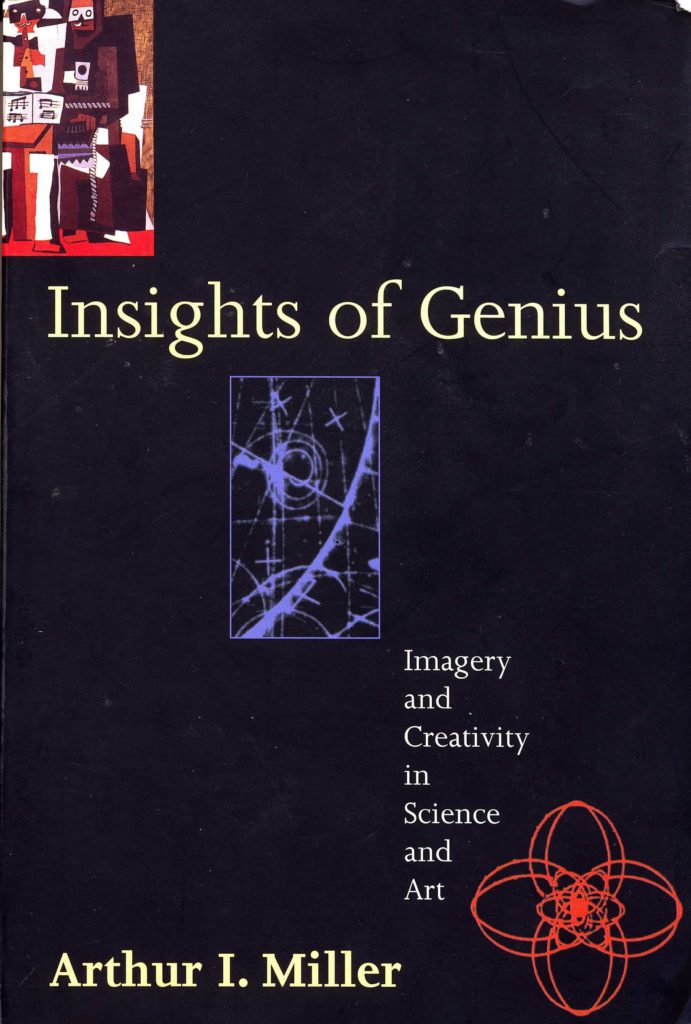
How can new knowledge be created from already existing knowledge? How can the conclusion go beyond the premises?
This book brings together some of the profoundest mysteries of art and science: What is the nature of creativity? Why is seeing in all its many forms – insight, revelation, a distinctive point of view – so central to the greatest advances of the human intellect? How do we allow for boundless human creativity in the sciences and yet retain our belief in a single underlying reality?
Why are scientists so strongly attracted to visual images? From Galileo’s drawings to Feynman diagrams to modern brain-imaging techniques, it’s almost impossible to imagine science without pictures. To see is to understand. In this way scientists are like artists: both seek a visual interpretation of worlds both visible and invisible.
Insights of Genius explores the connections between Modern Art and modern physics in a wide-ranging study that takes us through the philosophy of mind and language, cognitive science, and neurophysiology in search of the origins and meaning of visual imagery. Among the questions it addresses are:
- What is the connection between common-sense intuition and scientific intuition?
- How does physics progress?
- Are there limits to scientific progress and our understanding of nature?
At a time when the media too often portray science as a godless, dehumanising exercise that is undermining the very fabric of society, such questions are becoming increasingly important. They help us see how science really works and how scientists struggle to understand nature, convince their peers, inform the public, and deal with reactions to their research.
Reviews
‘The best discussion of creativity I have come across.’
Rudolf Arnheim, Journal of Aesthetic Education.
‘Insights of Genius is one of very few books to make a serious attempt to place scientific imagery into a wider context alongside creative activities in the visual and linguistic arts. It provides a lucid and fluently written beginning to a huge subject.”
John D. Barrow, Times Higher Education Supplement.
‘Drawing on his deep knowledge of physics, Arthur Miller illustrates the power and limitation of visual imagery in the creation of new lines of thought in the arts and sciences. His book delights, informs, and stimulates further thinking.’
Howard Gardner, author of Frames of Mind.